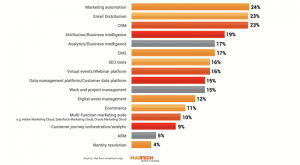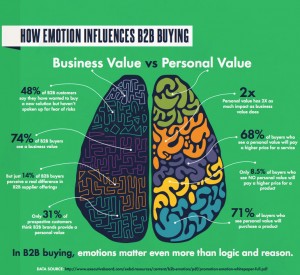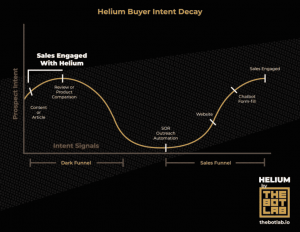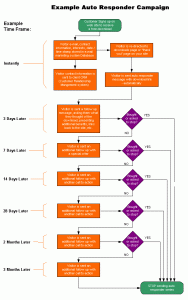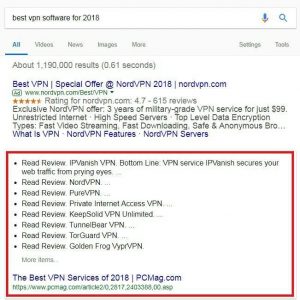
Managing multiple projects effectively and efficiently comes down to finding the right balance between being organized and prioritizing. Being organized is a must because attention to details is necessary, and the details can get lost very quickly when pace picks up and when projects drag on over months or years.
But being organized and detail-oriented is not enough and it can even become a detriment to success. You must also be able to ruthlessly prioritize, and focus your attention on only the parts and pieces that require resources the most. Here are several tools that can assist:
One-page summary: For each project, create a one-page executive summary that contains key talking points. This is your marketing document, and the basis for all your presentations. It is likely you will need to sell or explain the key aspects to many people over an indeterminate time period (and they may need to present on your behalf). This document helps you tell a fresh, consistent story every time and avoid re-work while doing so.
One-page project plans: A quick overview of what needs to be done, categorized either by category or timeline (or both!). This pulls you out of the weeds when needed, demonstrates the amount of work that has gone in to a specific project, and creates a template for similar endeavors.
Resource allocation: Track and outline, however roughly, the number of hours spent on each category of task, or per block of time. If you are (or potentially could be) managing a team, also capture the knowledge, skills, and experience needed to execute the work. This helps you obtain more resources when needed; and when resources are most needed, you will not have capacity to come back and create these records. As a bonus, when projects turn into process, this creates your “before” metrics for validating process improvement.
Documentation: Catalog any resources that will help you or someone else create or recreate what you did. Syntax glossary, definitions, screenshots, FAQs, archive of letters, communications, step-by-step job aids or walkthroughs, abandoned drafts, problems solved/troubleshooting instructions, etc. When complete, draw a high-level account of your documentation collection.
Some of these may work for you, while some may not. The theme is to create your own standard process for how you organize and manage projects—one that works for you. Memory is faulty and you need your brain to solve the difficult problems. Don’t waste your cerebral resources on locating the correct version of a document or reverse engineering that report you created.
Business & Finance Articles on Business 2 Community
(369)
Report Post
